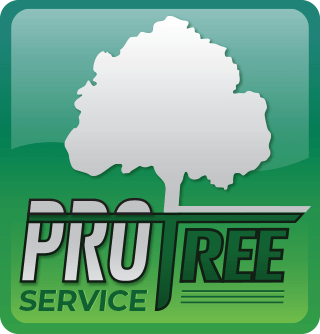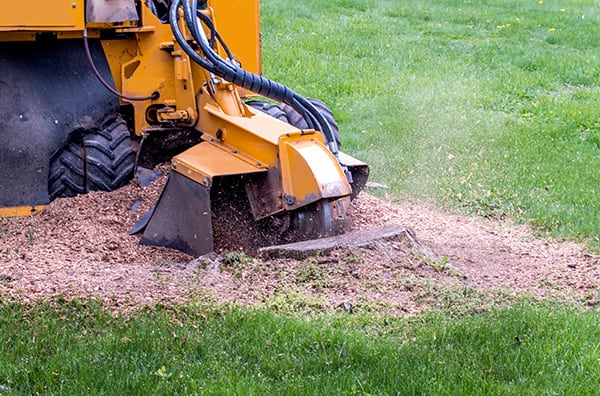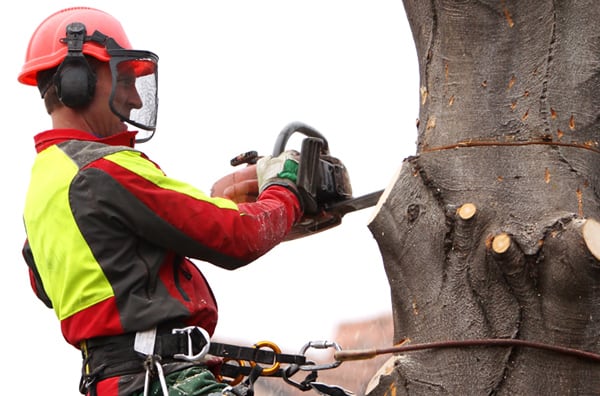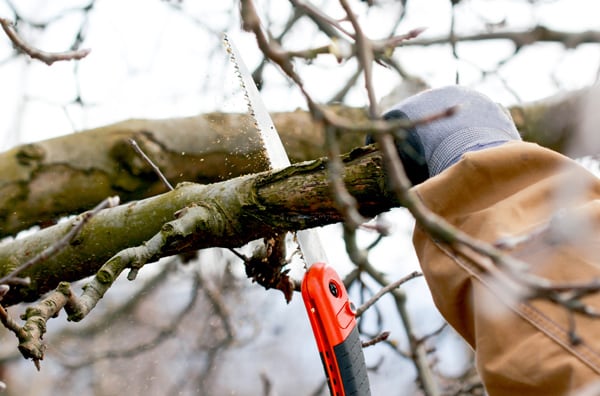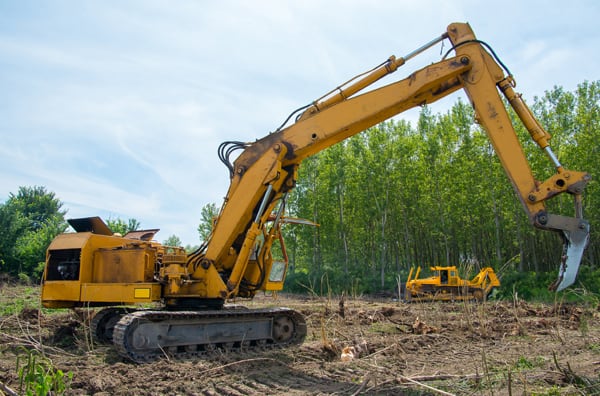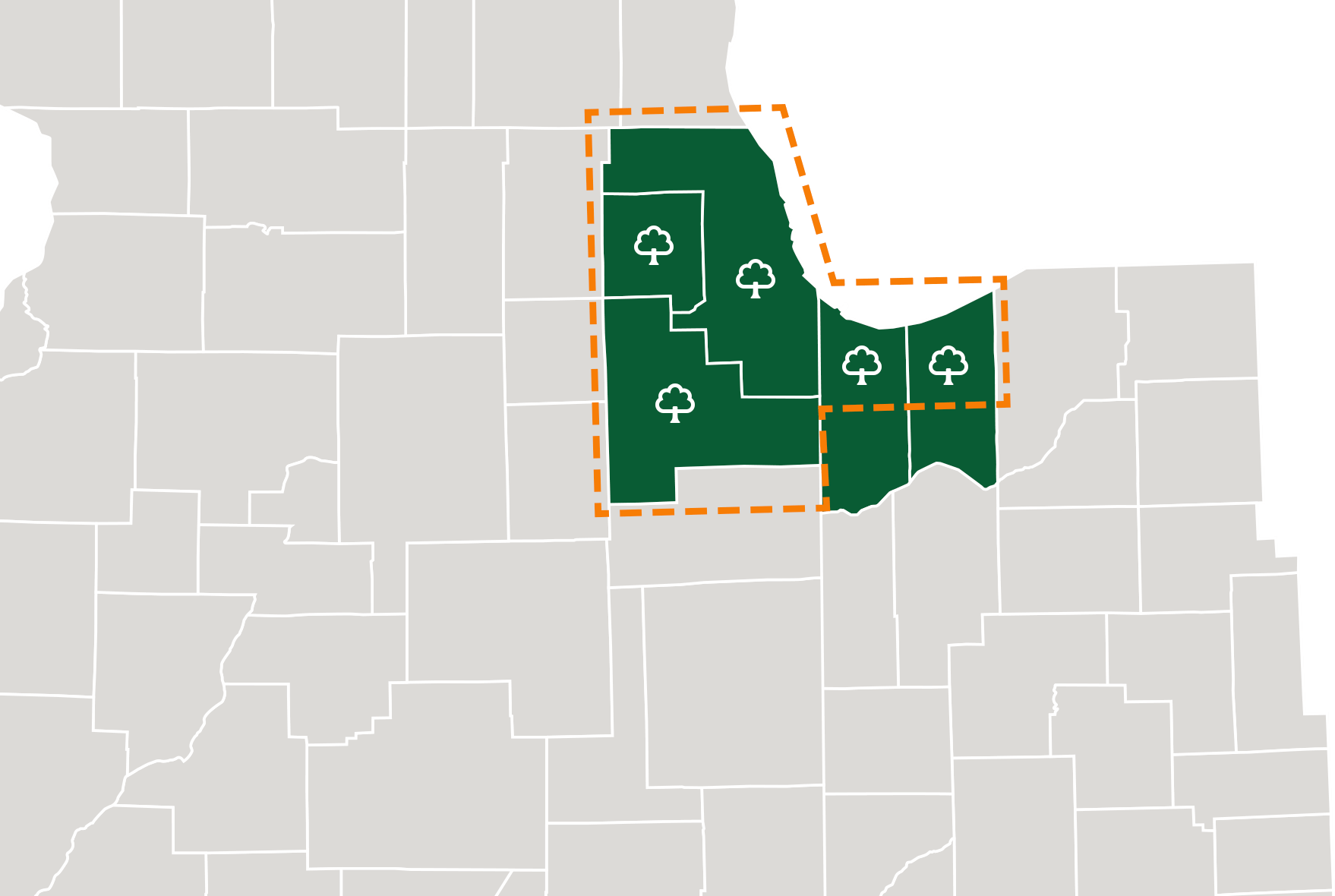
SERVICING CHICAGO, ITS
SUBURBS AND NORTHWEST
INDIANA
We cover more ground than any other tree service company in the area!
SERVICES FROM YOUR LOCAL, TRUSTED TREE CARE COMPANY
At our local, trusted tree care company, we provide a wide range of tree services to meet your needs. From tree trimming and pruning to tree removal and stump removal, we have the experience and knowledge to take care of all of your tree care needs. Our team of certified arborists specializes in a range of tree services for residential and commercial clients and we strive to leave you with a property that is safe to utilize however you wish!
PRO TREE SERVICE RUNS RINGS AROUND THE COMPETITION
“Very professional company. Outstanding work quality at a great price. Absolutely nothing but a positive experience.”
— Brad J., Chicago

BIGGEST BANG FOR YOUR BUCK
If you’re looking for a reliable tree expert to handle your tree services, look no further than Pro Tree Service. Our team of certified arborists is fully licensed, insured, and bonded to provide superior tree removal, trimming, and lot-clearing services for both commercial and residential projects. We offer the highest level of safety and quality for all tree services and have the experience and expertise to handle all tree-related tasks. Whether you’re a homeowner, commercial property manager, or municipal forestry manager, you can count on Pro Tree Service to get the job done right. We take pride in providing excellent customer service and our commitment to safety and quality is what sets us apart from the competition.
Pro Tree Service is committed to providing professional tree services at the most affordable rates. When you work with us, there are no hidden services, fees, or gimmicks. As our business grows, we pass along our savings to our customers. Plus, we carry the Best Price Guarantee, which means that we will match or beat any reasonable, written offer for the same work.
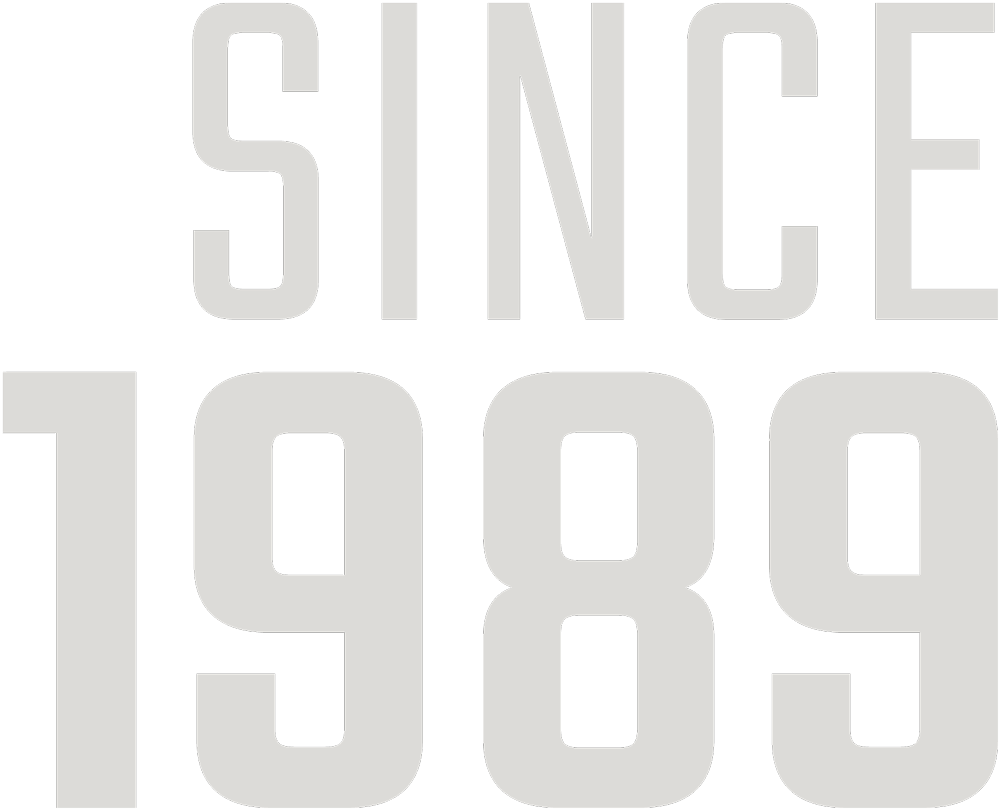
WE PUT DOWN ROOTS IN 1989
During the three decades we’ve been in business, Pro Tree Service has become Chicago’s largest provider of tree services. This mainly comes down to our services being very affordable, professional, and reliable. We cover more ground than anyone else, servicing more homes in the area than any other tree company. We’re there for you, rain or shine, day or night, city or suburb!
Estimates can be scheduled any day of the week.
